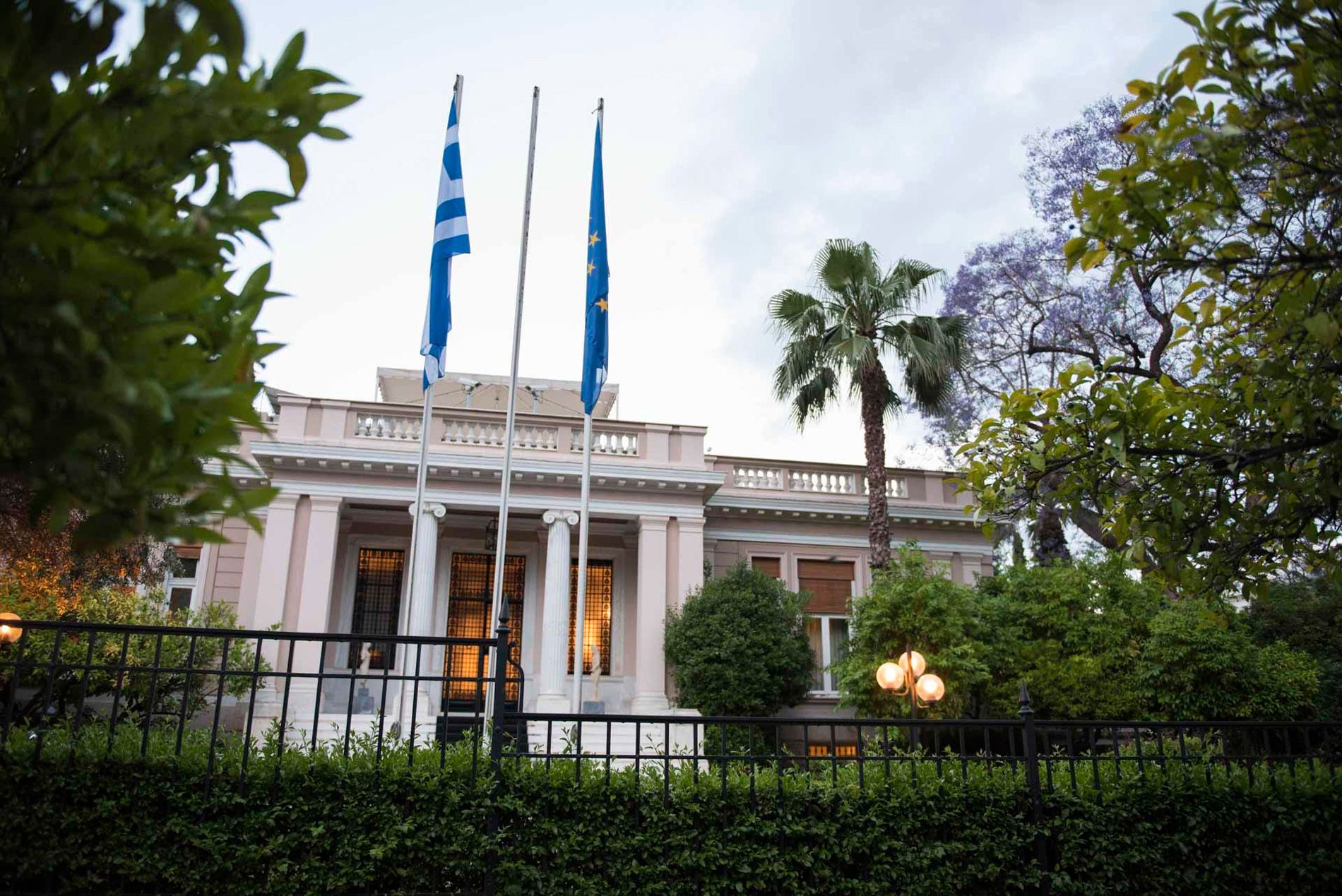“Akropolis” Metro Station- Archaeological Exhibition
“Akropolis” Metro Station- Archaeological Exhibition
From the sculptural decoration of the Parthenon, the work of Pheidias and his students, copies of original sculptures were selected which partly are in the British Museum, (the so-called “Elginian marbles”) and partly in the Acropolis Museum. The replicas were made from modern materials in new molds produced from the complete set of casts in the Acropolis Studies Center collection housed in the neoclassical Weiler building next to the station.
At the first level of the station is exposed the left part of the eastern pediment of the Parthenon which had the theme of the birth of Athena from the head of Zeus in front of the gods of Olympus. Among the surviving figures are exhibited the Sun with his chariot rising from the waves, Dionysus, Demeter and Kori, Hebe (or Artemis). On the same level, an exhibition of 85 ancient objects from the excavation at the station site is presented in showcases. The exhibition is developed in a 15 m long showcase and is divided into four sections. Each section includes objects that represent separate aspects of the daily life as well as the public life of the inhabitants, in its long historical path (17th century B.C. – 10th/12th century A.D.).
The first section includes “relics” from the primary use of the area as a cemetery from prehistoric to protogeometric times (17th-9th century B.C.). The second is dedicated to the ancient Attic house and includes finds related to daily activities of the residents of the district that flourished here, from classical to Byzantine times (earthenware, parts of a mosaic floor, a representation of a vertical loom). The third section refers to the trade of products and includes large pointed-bottomed amphorae, and the fourth consists of fragments of black-figure and red-figure vessels.
At the second level of the station, the stratigraphy of ancient road I, one of the six intersecting ancient roads uncovered in the excavation, is represented. Street I started from the theater of Dionysos in a direction towards the southeast and had a lifespan of at least 1000 years (4th century BC – 7th century A.D.).
On the third level of the station and 25 m long on each platform, sections of the Parthenon frieze are exposed. The subject of the frieze is the Panathenaic procession, the most important Athenian festival in honor of the patron goddess Athena. A notable part of the procession are the horsemen depicted on the west, north and south sides of the frieze. In the western frieze, the preparation of horsemen is depicted. This section is exposed in its entirety at the dock in the direction of Dafni. On the quay heading towards Sepolia, a fragment of the north frieze is exhibited, where horsemen are depicted galloping in phalanxes. Most of the stones of this section are still in the British Museum.










